The era of “Plastic Smog” has arrived. “Plastic Smog” refers to marine pollution caused by plastic particles that have entered the ocean. Over time, plastic waste that flows into the sea breaks down into smaller fragments, gradually covering the sea from the surface to the ocean floor, resembling the smog phenomenon in the atmosphere.
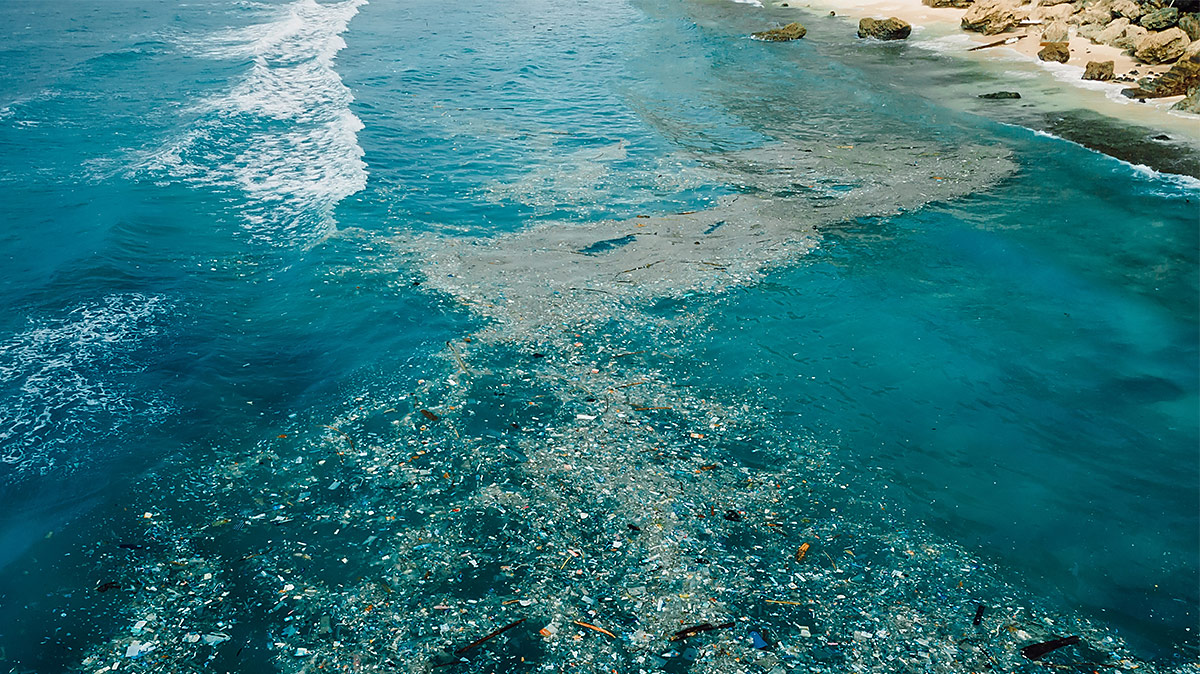
The term “Plastic Smog” was coined by Marcus Eriksen, founder of the U.S. non-profit 5 Gyres Institute. In the Explorers Journal, Summer 2015, Eriksen published an article titled “The Age of Plastic Smog.” He explained that the entire marine ecosystem is now collectively filled with a “smog of microplastics” filled with various concentrations of toxins. He estimated that 5.25 trillion plastic particles, weighing 269,000 tons, are floating in the ocean.
In March last year, the issue resurfaced with a research paper titled “Growing Plastic Smog,” published in the international journal PLOS ONE. This study estimated that as of 2019, 171 trillion plastic particles, weighing 2.3 million tons, are floating in oceans worldwide—a dramatic increase since the phenomenon was first discovered, raising alarms about the escalating severity of global plastic pollution. Today, the once-blue oceans are murky with plastic smog, primarily caused by microplastics.
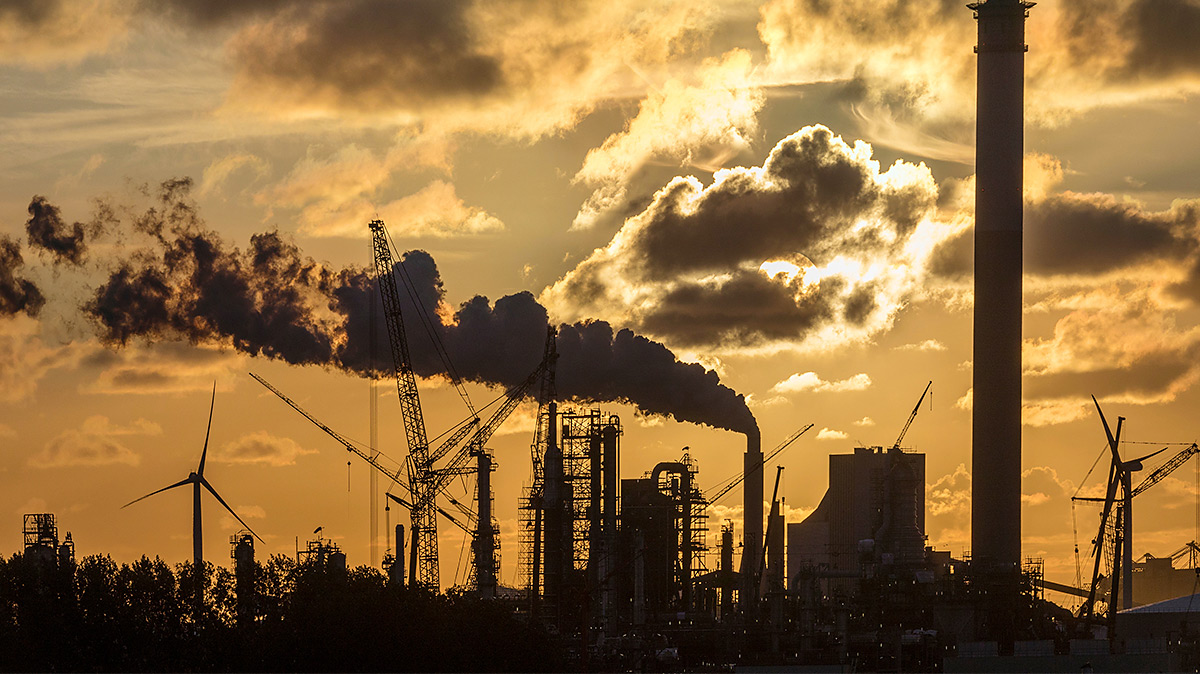
Microplastics and Marine Pollution
Although microplastics are not yet universally defined and its classification vary depending on the researcher, they are identified as solid plastic fragments smaller than a certain size. Generally, they are classified as plastic particles less than 5 mm in size. Among these, particles smaller than 1 micrometer (0.001 mm) are referred to as “nanoplastics.”
According to a report by the European Chemicals Agency (ECHA) to the European Union Parliament, microplastics are defined as substances composed of solid polymers that may include additives or other materials, with particle size ranging from 1nm to 5mm. Microplastics are characterized by having a content level of 0.01% (w/w) within a product, a size range of 100 nm to 5 mm, and a length-to-diameter ratio exceeding 3.
Microplastics are categorized into two types based on their origin: Primary microplastics are intentionally manufactured in small sizes from the outset, while secondary microplastics result from the breakdown of larger plastic products after they enter the natural environment, becoming smaller due to natural processes and physical forces.
Primary microplastics are small plastic particles less than 5 mm in diameter, intentionally ground into products such as cleansers, toothpaste, and cosmetics to serve functions like exfoliation. These microplastics are primarily generated from industrial and household products. Household products containing microplastics include toothpaste, insect repellents, and laundry detergents, while industrial products include drilling fluids and air abrasives. Many of these products are discarded down the drain after use, directly contributing to marine pollution.
Secondary Microplastics are formed when larger plastic items, such as plastic bottles or plastic bags, break down into smaller fragments, resulting in particles with more irregular sizes and compositions. The formation of microplastics through plastic degradation is particularly active on beaches. This is due to factors such as intensive UV radiation exposure, physical abrasion from waves, abundant oxygen availability, and turbulence in the environment.
A UN report estimates that there are approximately 51 trillion microplastic particles in the ocean—several hundred times more than the number of stars in the galaxy. These microplastics, flown into the ocean through two main processes, have become the primary contributors to plastic smog.
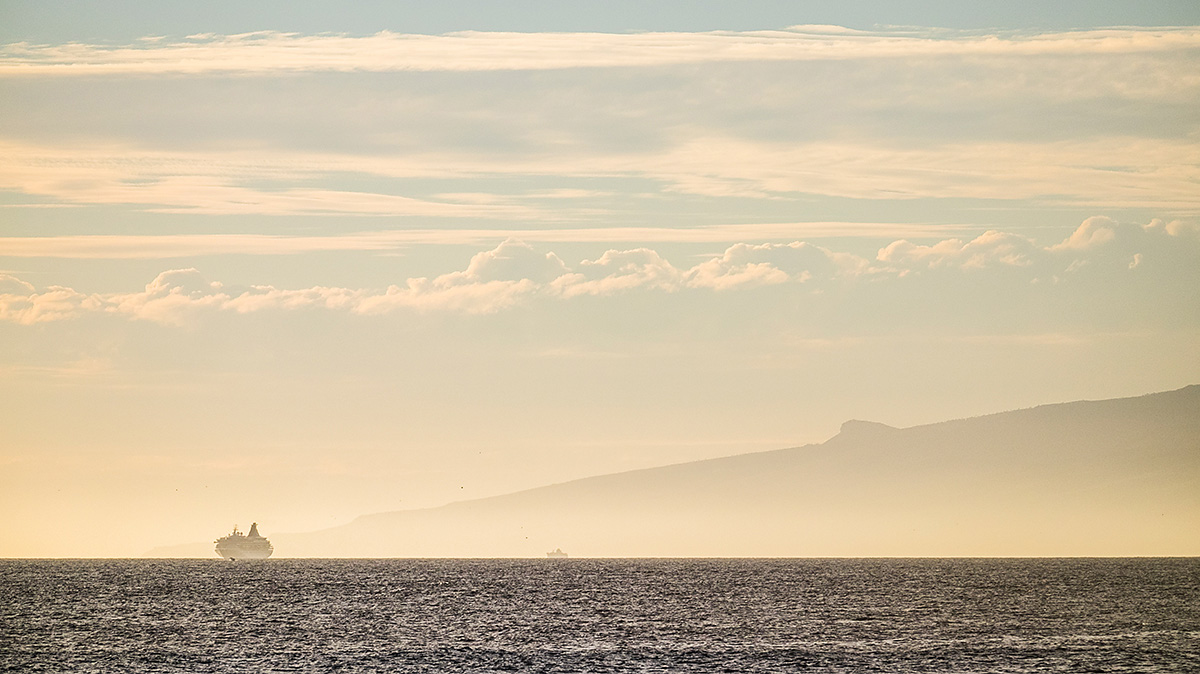
Microplastics and Human Impact
A key point to note is that the issue of microplastics is expanded beyond oceans, directly affecting human health and life.
A 2022 study published in the Journal of Marine Environmental Sciences, microplastics were found in 75% of fish consumed by humans. Microplastics entering the ocean are first ingested by plankton, which are then consumed by larger marine animals such as fish, sea turtles, and whales higher up the food chain. These marine organisms, having ingested microplastics, eventually make their way into human diets through fisheries. This creates a cycle where plastics originating from human activity infiltrate the marine ecosystem and return to humans.
Furthermore, research has shown that microplastics have also been detected in drinking water. A study conducted in the Republic of Korea examined 24 water treatment plants, 2 samples of tap water bottles, and 6 types of drinking water. Microplastics were detected in 5 of the water treatment plants, 2 tap water bottle samples, and 1 drinking water sample. According to the National Institute of Environmental Research, an average of 0.05 microplastic particles per liter was detected in tap water. These findings underscore the alarming reality that no source of water is entirely free from microplastic contamination.
What is shocking is that recent studies have found plastic particles in the air we breathe every day. The Seoul Research Institute of Public Health and Environment analyzed the air in downtown Seoul from September of last year to February of this year, for about six months. Using a spectrometer to measure the number of microplastics, they found that the average number of microplastics larger than 5 µm was 71 per cubic meter of air. In December, the average number of microplastics soared to 122. Among these particles, polyethylene, commonly used in packaging containers and plastic bags, had the highest proportion at 46.6%.
Today, it is not only marine life that is breathing in plastic smog. Humans, too, are inhaling plastic. Moreover, many cases where marine life mistakenly ingests microplastics as food, resulting in growth disorders, decreased fertility, infections, and even death, force us to reflect on the future of humans living in plastic smog.
Impact of Microplastics on Humanity
Environmental experts are warning that microplastics, which are destroying ecosystems, will eventually have a significant impact on humans as well. In particular, because microplastics are easily absorbed into the body, they can have extremely detrimental effect on human health in the long term.
In 2017, the International Union for Conservation of Nature (IUCN) announced that when microplastics are absorbed into the human body beyond a certain threshold, they can pose physical, chemical, and biological threats. In particular, microplastics sized between 10–20 µm can pass through not only the walls of the digestive tract but also the walls of blood vessels. Once inside the body, these microplastics remain between blood vessels or cells, leading to serious health consequences.
Various animal studies, conducted both domestically and internationally, have revealed that exposure to microplastics is associated with the induction or acceleration of conditions such as intestinal inflammation, leaky gut, testicular inflammation, reduced sperm count, infertility, insulin resistance, obesity, hepatitis, and ovarian cancer. A study published in 2022 found that oral exposure to microplastics can cross the blood-brain barrier, accumulating in the brain and potentially causing neurotoxicity. The study also observed behavioral changes linked to autism spectrum disorder. Furthermore, research has shown that microplastics can infiltrate the brain barrier, impairing cognitive functions. Additionally, studies have confirmed that microplastics may shorten the lifespan of organisms.
In a 2020 study in the United States, microplastics were detected in 47 organs and tissues of donated cadavers, including the lungs, liver, spleen, and kidneys. A 2021 study in Italy found 12 microplastic particles in the placentas of four out of six women who had given birth. In the same year, a U.S. study identified plastic particles, including PET, in the meconium of newborns and the feces of infants. A 2022 study in the Netherlands also found microplastics in human blood. Microplastics are now found not only in Earth’s ecosystems but also throughout the human body, serving as a wake-up call for humanity. It’s time to recognize the threats posed by microplastics and take action.
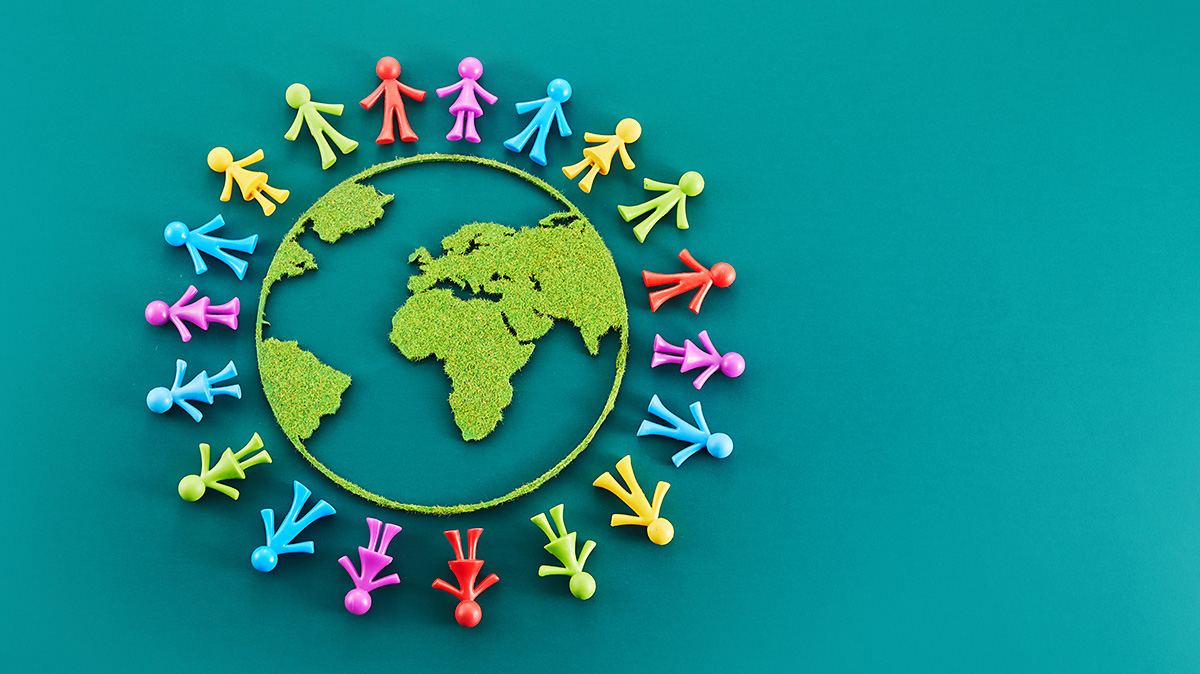
Efforts Toward a Microplastic-Free World
The international community has recognized the severity of microplastic pollution and has begun to take action. In March 2022, the UN Environment Assembly (UNEA) resolved to establish an international legally binding treaty by 2024 to address plastic pollution. This treaty aims to manage plastic throughout its lifecycle, focusing on prevention at the production and design stages.
The European Union (EU) began restricting the use of products containing microplastics since 2019.
In 2021, the EU introduced strict regulations, including a tax of 0.8 EUR (approximately 0.84 USD) per kilogram on non-recyclable plastic waste. Since 2023, under the chemical management regulation REACH (Registration, Evaluation, Authorization, and Restriction of Chemicals), the use of microplastics in cosmetics, detergents, fertilizers, and similar products has been banned. Furthermore, the EU has set a goal to reduce microplastic emissions by 30% by 2030. Similarly, the Republic of Korea has implemented K-REACH (Act on the Registration and Evaluation of Chemicals in Korea) aligning it with the European REACH regulations. Under this framework, the use of microplastics for cleansing or exfoliating purposes in cosmetics has been completely banned. Additionally, to promote resource-circulation, regulations have been introduced to restrict or ban the use of plastics in public-use facilities such as restaurants and cafes.
As the harmful effect of microplastics on living organisms continue to be revealed, it is essential for us to minimize plastic use in our daily lives. Taking proactive measures, such as choosing reusable containers or eco-friendly products, is crucial. Replacing everyday plastic items—such as plastic water bottles and the items used in kitchen and refrigerator—with glass or ceramic alternatives is another effective approach. Now is the time for nations, societies, and all their members to work together to reduce microplastic usage and take responsible action for the sake of the global environment.
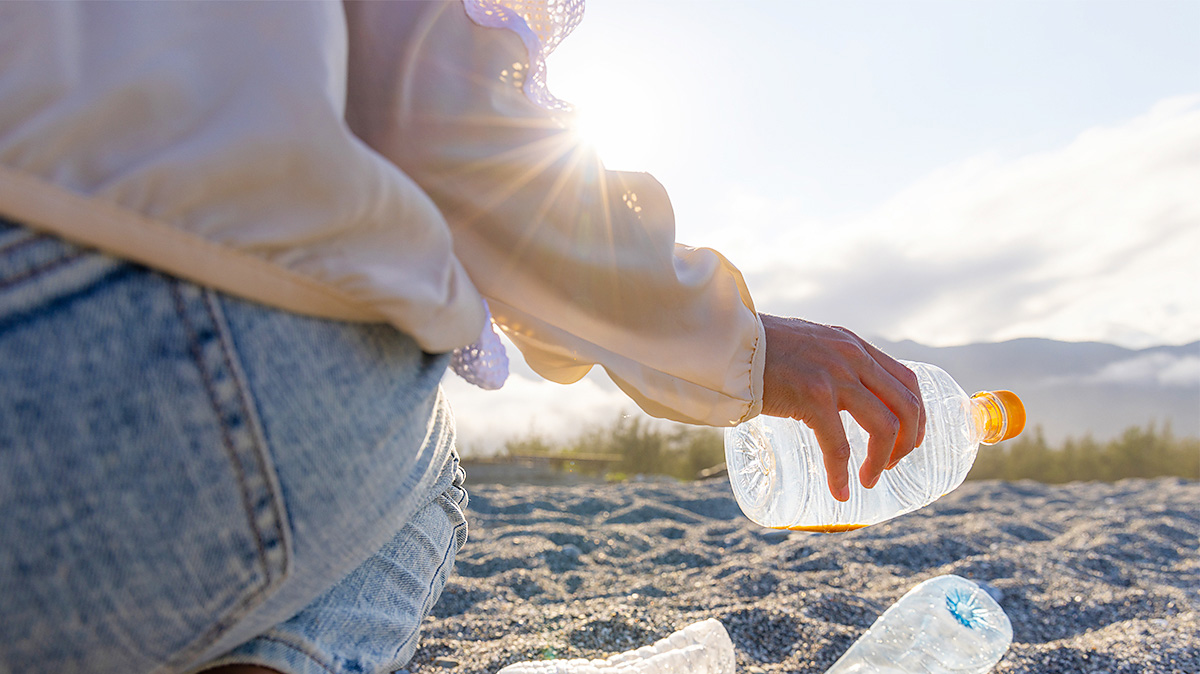
ASEZ ZERO PLASTIC 2040 Campaign
ASEZ, the University Student Volunteer Group of the Church of God, has launched the ZERO Plastic 2040 Campaign to implement the goals of the UN and the international community to regulate plastic use by 2040 and protect the Earth from plastic pollution. Through this campaign, ASEZ is bringing together people from all walks of life, including university students, to pledge to achieve zero plastic and take small, everyday actions to accelerate the end of plastic pollution.
To address the issue of plastic pollution, including microplastics, international solidarity and cooperation are essential, rather than the efforts of only a few countries or organizations. While international conferences and collaborations being conducted by various nations are a good starting point, more individuals, organizations, businesses, and countries need to actively join this movement. As the international community devotes significant efforts to solving the issue of plastic pollution, ASEZ will be committed to aligning with these initiatives to end plastic pollution.